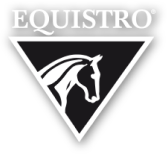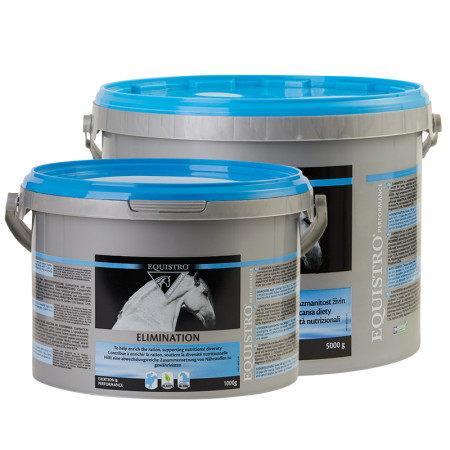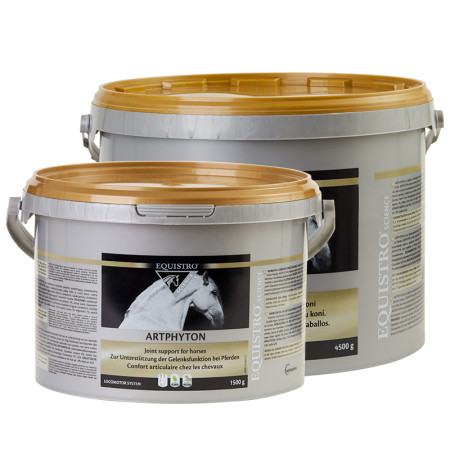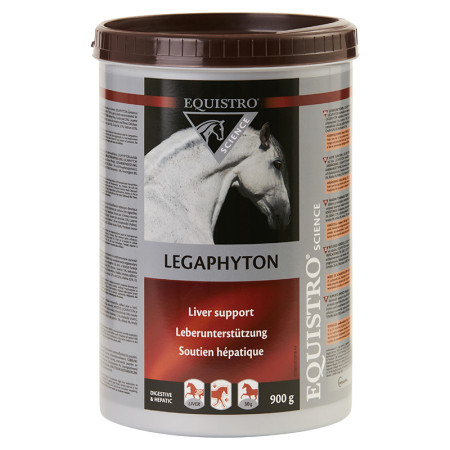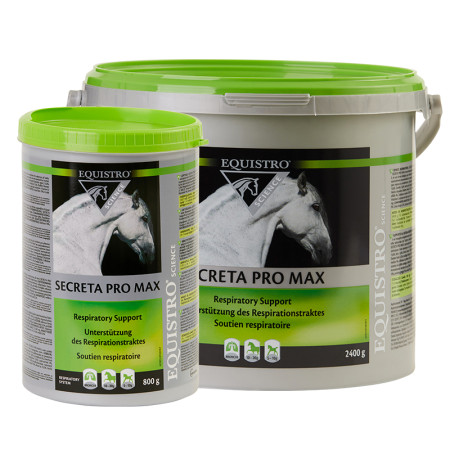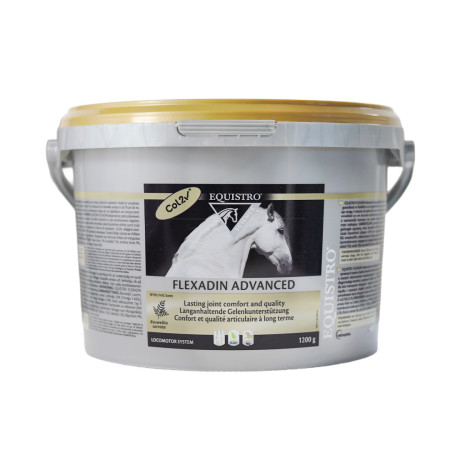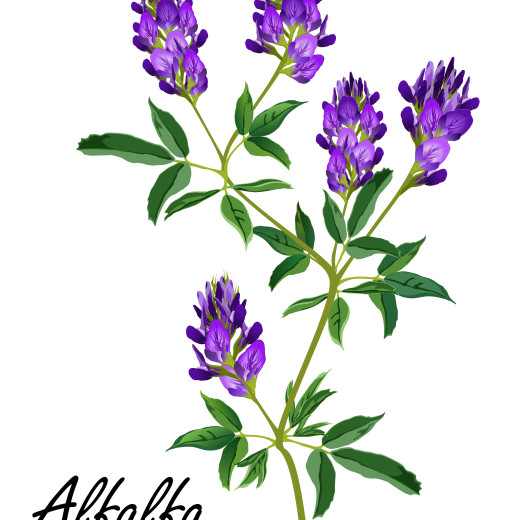
Lucerne (alfalfa)
Description
Lucerne (alfalfa) hay is made from the lucerne plant (Medicago sativa), a leguminous temperate perennial plant. Lucerne hay, when it is produced and stored correctly is commonly green in colour and should, on closer inspection contain a high percentage of leaf material and fine stems.
Properties
Lucerne hay has high protein concentrations and is rich in the essential amino acid lysine and in calcium, and low in phosphorus. It is also high in potassium and extremely low in sodium. Lucerne also contains high concentrations of magnesium, and when fresh, vitamins A and E.
Possible uses
Due to its high protein and essential mineral contents, Lucerne can be a a valuable forage in the diet of horses. It provides horses with a digestible source of energy as well as a source of high quality protein and the essential amino acid lysine. Lucerne’s calcium rich characteristic is also beneficial for growing horses and lactating mares that typically have high calcium requirements.
